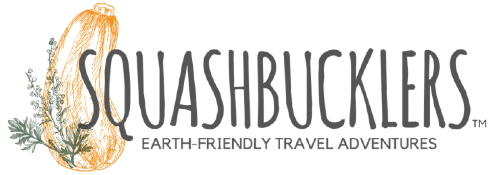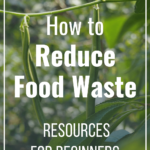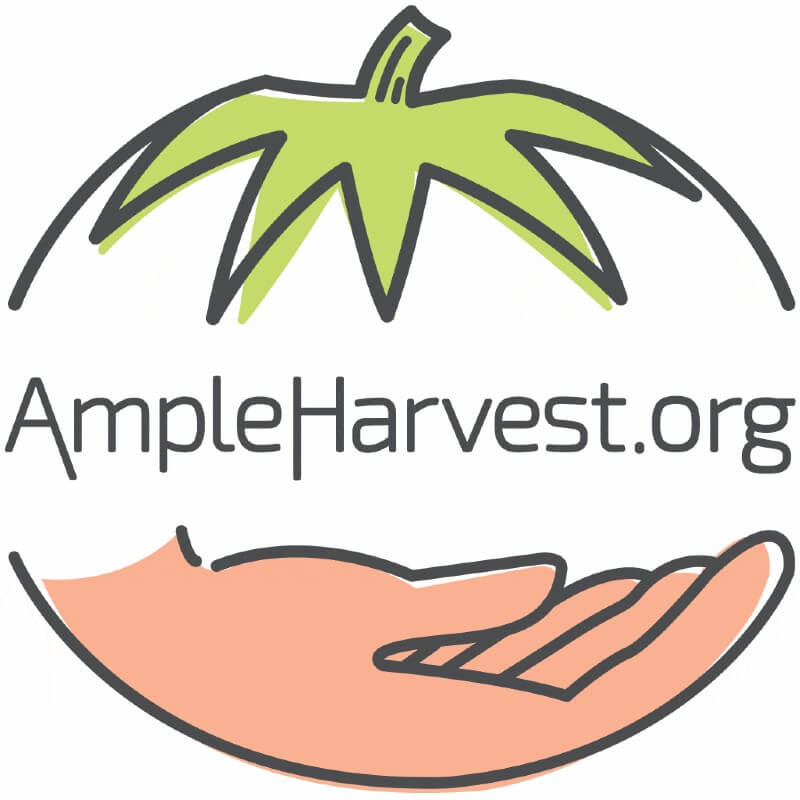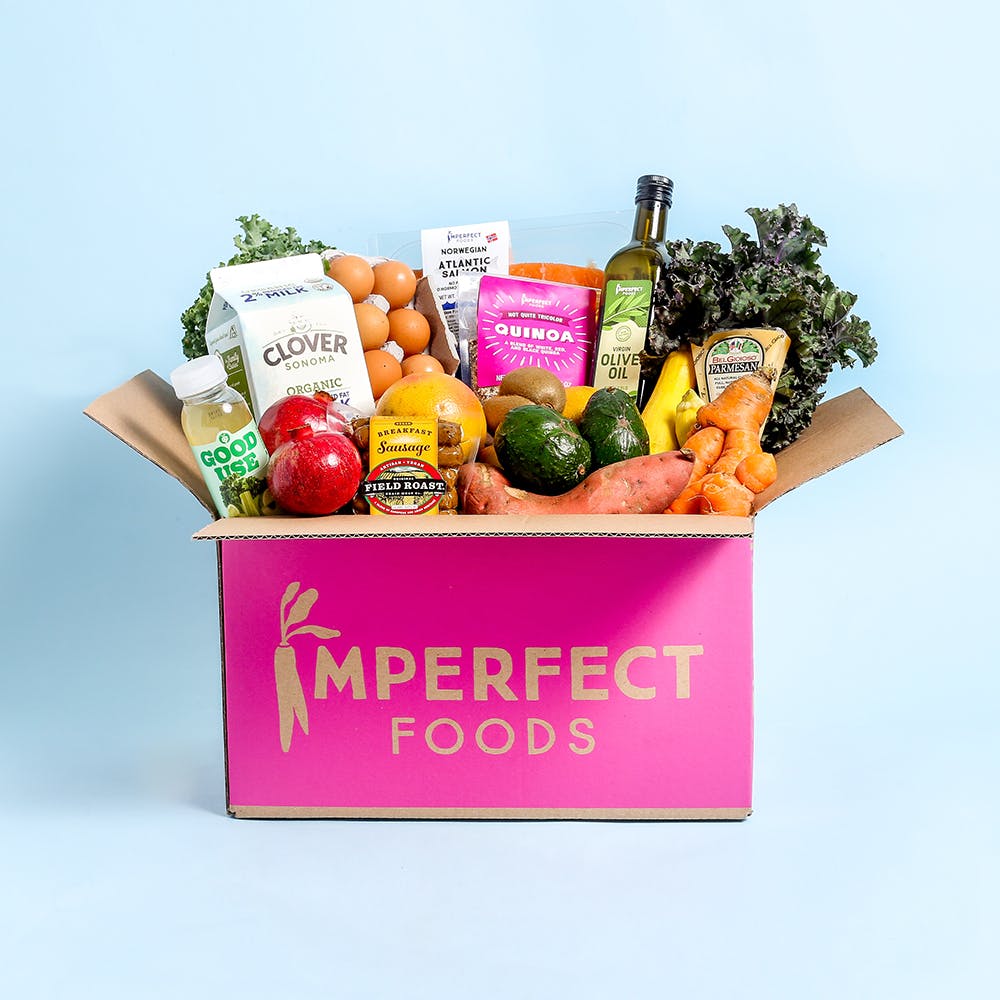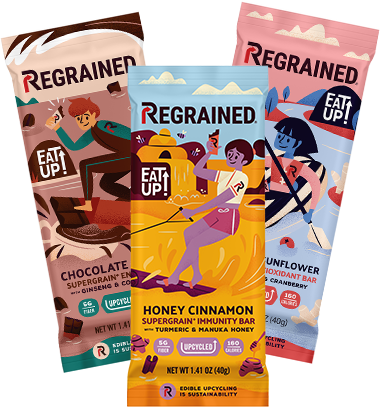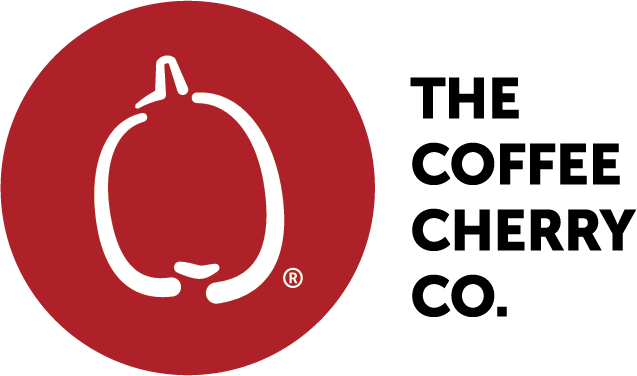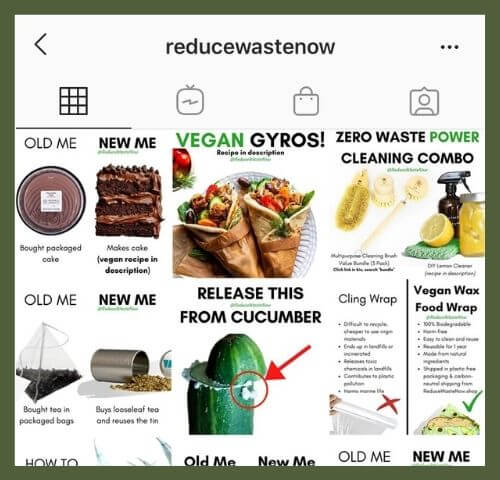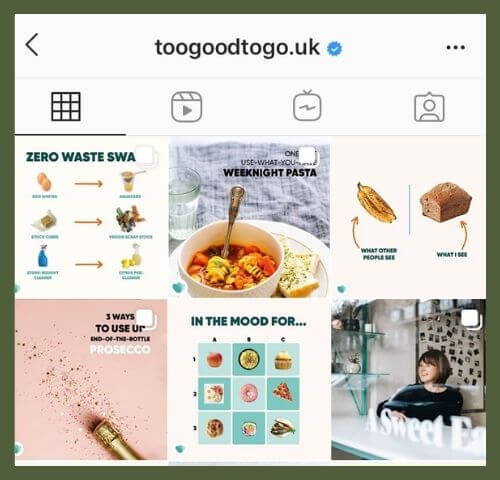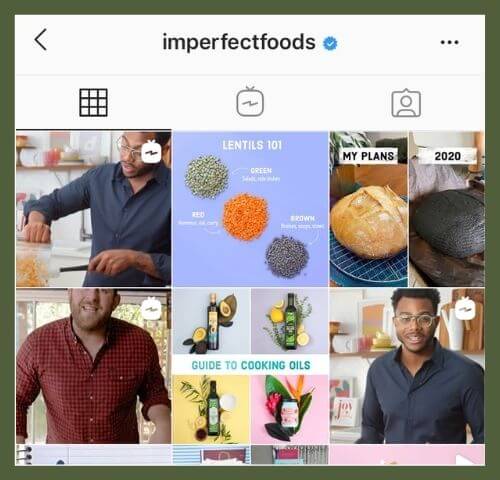Food Waste Fix
If you’re searching for an easy way to make a big impact on climate change, addressing food waste is one of the best places to start. Why? Because every person plays a part in the world’s massive waste of food, especially if you live in a developed country.
We all eat and we all produce waste.
Food Waste Facts
Addressing food waste is #3 of 100 solutions to reversing climate change.
(Ref)
When food sits in landfills, it produces large amount of methane.
Methane is a greenhouse gas 25x stronger and more harmful than Carbon Dioxide (CO2).
(Ref)
Food is thrown away by grocery stores and restaurants for many reasons, including:
- being “expired”
- having damaged packaging
- it was returned by the customer and can’t be reshelved (usually refrigerated items)
- it has cosmetic issues (not pretty enough to sell)
- there’s a surplus and the seller can’t sell it in time
The food we waste is responsible for around 8 percent of global emissions.
We waste three times more than there are mouths to feed in the world.
The problem isn’t with lack of production, it’s in the process of distribution.
(Ref)
According to the Environmental Protection Agency (EPA),
22 percent of landfill waste is food.
(Ref)
There’s a law that protects food donors from legal action being taken against them. It’s called the Bill Emerson Good Samaritan Food Donation Act.
(Ref)
How Can I Make a Difference?
Think about what you really need before you buy it.
Practice making conscious food decisions. What are the things that normally go to bad in your fridge before you eat them?
Often times, I buy the big container of salad greens with intentions of eating salads every day…..but we all know how that goes. They get slimy before I can even use half sometimes. I’ve learned to ask myself if I will actually eat all the greens I buy. If I decide to purchase them, I hold myself to it.
Make an “Eat Me First” container in your fridge.
The other half of the onion, the leftover pasta dinner, that one drink you thought you’d try and then were like “eh…” so you put it in the back of the fridge and there it sits for eternity? No longer! Make it clear what will go to waste soon and you’ll be more likely to eat it. It also saves you from the tough work of trying to decide what to eat when you open the fridge.
Compost your food scraps.
This is the last way a food can be prevented from waste. If you don’t yet know about the magical process of compost, you’re in for a treat! (or maybe that’s just me…) You’re ability to compost may depend on the space available where you live. If you have a yard, it’s easy enough to get a little compost bin and begin throwing your scraps in. Mix in some newspaper or cardboard, give it a stir every once in a while, and voilà! If you have limited space, look into whether your city has organics pick up, a designated area to bring your food scraps, or search “composting sites near me” for a list of places to bring it! *Home composting systems can take vegetable and fruit scraps, commercial composting can take meat, fish and dairy in addition.
Non-Profits Addressing Food Waste
Ample Harvest is an online network linking thousands of gardeners and farmers who have excess food to local food shelves and distributors for people in need. It’s aim is to reduce waste and increase access to fresh food for food insecure individuals in America.
This non-profit focuses on fixing the distribution problem in our food system. Through a network of volunteers, Food Rescue US collects surplus food from restaurants, grocery stores, catering companies, or any larger establishment with surplus food, and connects them with a food bank or other receiving agency.
Companies Addressing Food Waste
(also Hungry Harvest, Misfits Market)
These grocery delivery services are designed around saving food that would otherwise be wasted because of cosmetic issues, surplus, short codes (when the “use by” date is deemed too soon to sell), or any other reason a food might not be sellable in a normal grocery store.
*I’ve used Imperfect Foods and have been quite pleased, overall! I love being able to customize my box at the beginning of the week and see what’s available. In the future, I’ll write about my experience in more detail.
Click here for $10 off your first box.
This company takes the “spent grain” from breweries and turns them into nutrient-packed granola bars. Despite the misleading name, the grain leftover from making beer is full of protein, fiber and micronutrients and low on sugar. It’s made with organic ingredients and is all non-GMO!
Do you know how coffee is grown? The bean that’s used to make coffee is actually what’s inside of a coffee cherry, a little fruit packed with nutrition. Unfortunately, most of the time, these cherries are left to rot in fields because there’s no market for them. The Coffee Cherry Company is creating a use for this fruit by turning it into flour. It’s almost 100% fiber, it’s full of phytonutrients and can replace a portion of the flour in baked goods. But it goes beyond just baking uses – try making ketchup, spritzers, marshmallows or granola!
Apps to Use
OLIO allows users to upload and share excess food or non-food items for free with their local community. They also have a food rescue program in which volunteers communicate with local food establishments to collect excess food and immediately upload it to the app so the whole community has access.
Popular in Europe, this app connects restaurants and stores with extra food with users willing to pay a few euros for a “mystery bag”. You secure your bag through the app, and pick up the back at the designated time at the restaurant. It’s a win-win on both ends. The US has a few similar apps which are mainly operating on the West Coast at the moment. If you’re interested, check out Food For All.
Media and Documentaries
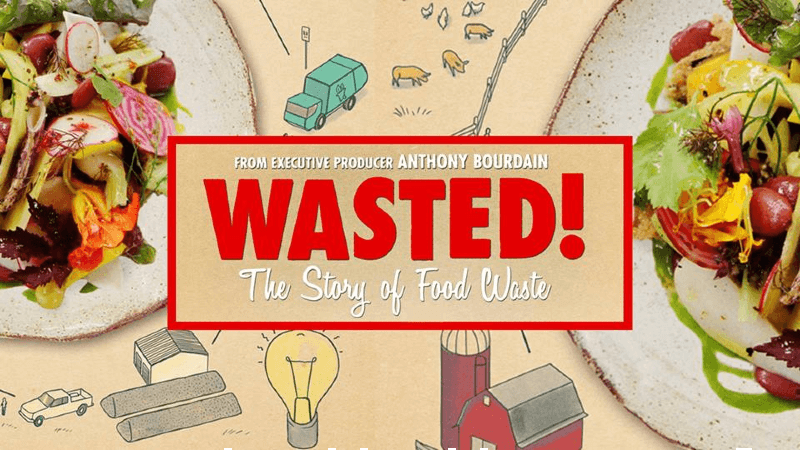
Wasted! sheds like on the crisis of food waste around the world, and how chefs of high-end cuisine are creating change by developing dishes with normally unused ingredients. It highlights interviews with experts, and celebrity chefs, including Anthony Bourdain.
Tristam Stuart is often considered THE expert on food waste and it’s effects on climate change. Author and founder of the environmental campaigning organization Feedback.
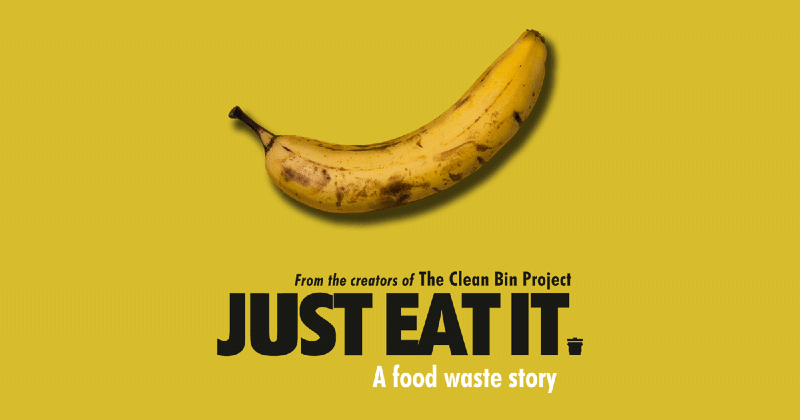
Follows a couple on their challenge to only eat “wasted” food for six months. You’ll probably think differently about what you buy in stores and the price you pay, knowing it very well might be sitting in the dumpster outside. They spent $200 on food and saved $20,000 and gave to their neighbors and friends.
The food waste app has many informative videos on their site for those times you’re just craving some motivation for action.
Accounts to Follow
To Find More Info…
“Feedback is a campaign group working to regenerate nature by transforming our food system. To do this we challenge power, catalyse action and empower people to achieve positive change.”
To take further action and learn what you can do, head to Feedback’s Food Waste page. Sign petitions, attend events, and learn more about global food waste.
OLIO’s website contains information and more facts on the problem of food waste. If you want to volunteer to save surplus food around you, become a Food Waste Hero. There is also guidance for businesses to begin sharing their extra food.
Download their app to start sharing surplus food with your neighbors.
